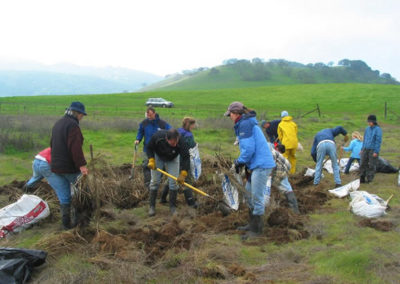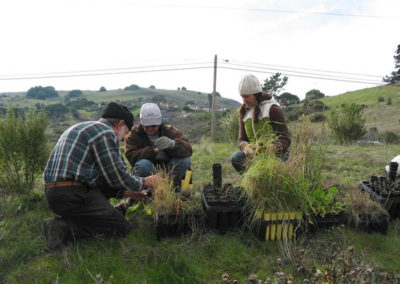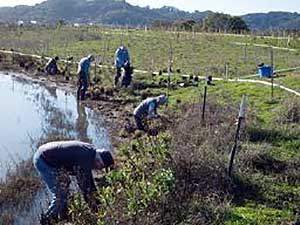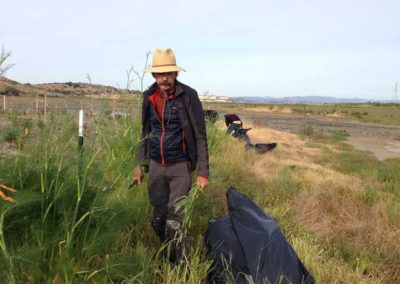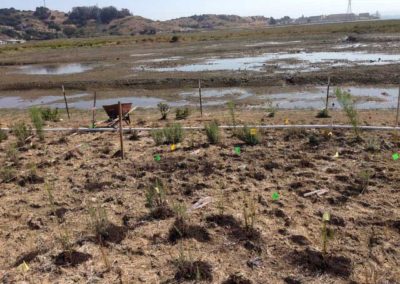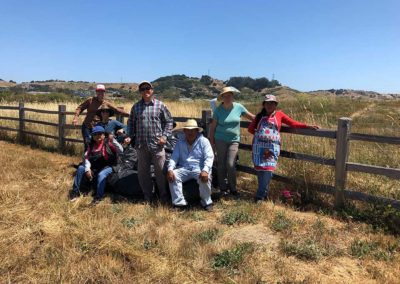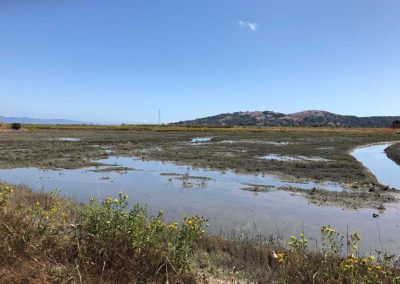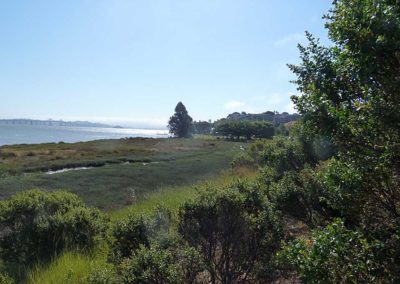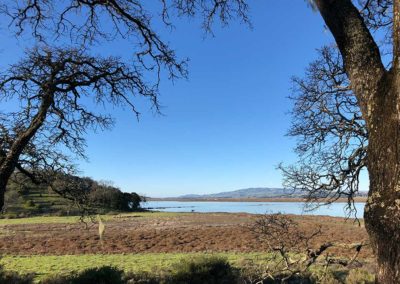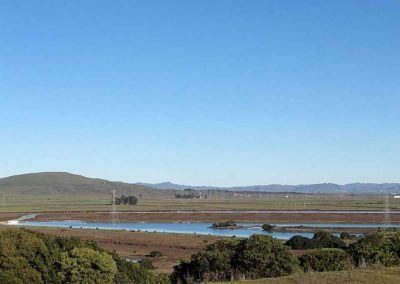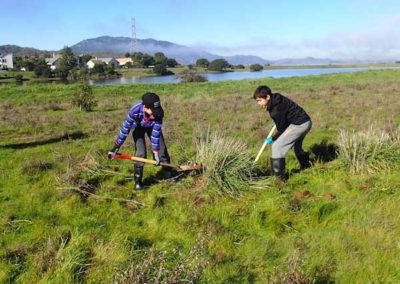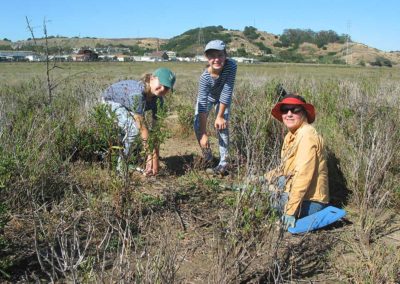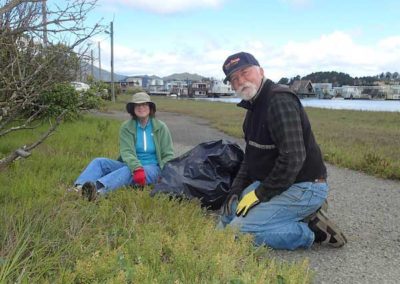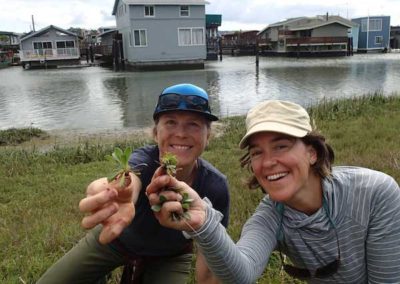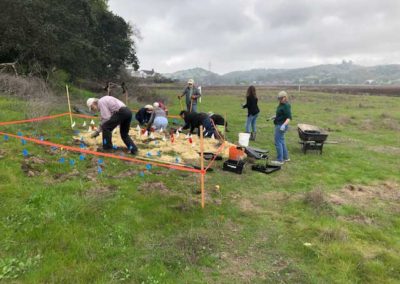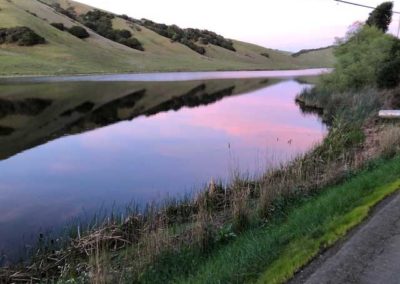
MAS offers many opportunities to meet fellow members and to support our environmental protection and conservation efforts. Would you like to serve on the Board of Directors? Help with the Christmas Bird Count? Help with restoration projects? Join the MAS Conservation Committee? These are just a few of the many ways that you can pursue your interests or share your talents.
MAS’s restoration projects have frequent opportunities for volunteers to be involved in improving local native habitats. MAS has acquired a number of properties which require habitat improvement. Some of the improvements require contractors’ being involved by recontouring the land with heavy equipment. That stage is followed by revegetation with local native plants. Control of invasive non-native plants is essential to the survival of the new natives.
Currently MAS has three active restoration sites, Triangle Marsh and Corte Madera Ecological Reserve, both in Corte Madera, and Bahia in Novato, where volunteers are involved. Restoration of other sites may become active in the future.
Volunteer Work Days for Native Habitat Enhancement and Stewardship
MAS relies on volunteers to help enhance and maintain native habitats. Volunteers assist with planting native plants and managing non-native invasive plants that threaten the survival of the native plants.
Volunteer Sign Up Form
"*" indicates required fields
Corte Madera Marsh Ecological Reserve Enhancement Property (CMMER)
When: Second Saturday of each month, 10AM to 1PM
Contact: Martha Jarocki
Location: East end of Industrial Way, Larkspur, can also be reached by the parking behind Cost Plus walking east and then turn left on the levee to the end of Industrial Way.
The tidal marsh and upland habitat adjacent to the existing Corte Madera Marsh Ecological Reserve were restored in 2017 (see more in Stewardship). In 2018 we planted 18,000 plants. In the summer of 2019 we watered every three weeks with an irrigation system we installed. Winter and spring maintenance work includes removing invasive plants that sprout with the rains.
Triangle Marsh
When: First Saturday of each month, 10AM to 1PM.
Contact: Bob Hines
Location: On Paradise Drive directly across the road from Ring Mountain Trailhead, 1.5 miles from the Highway 101/Paradise Drive intersection.
MAS purchased Triangle Marsh in 1999. Some native plants are well established, but non-native invasive plant species require regular efforts to restrict and eventually eliminate them from the property.
Bahia Wetlands
When: We schedule workdays at Bahia in Novato as needed, and when volunteers are available.
Contact: Jude Stalker
Location: Bahia is at the end of Bahia Drive in eastern Novato and can be reached from Highway 101 via the Atherton Avenue exit. About 0.9 mile from Highway 101, turn left from Atherton to Bugeia Lane, which continues on as Bahia Drive.
Much of the Bahia upland, the area above the tide line, was bare soil in the fall of 2008. Some natives were planted during the rainy season in 2008-2009, but many more plantings are yet to come. Various invasive plants including thistles, radish, stinkwort and ice plant require regular control through the growing season.
Marin Invasive Sea Lavender Removal Project
When: On most weekends from March – June each year
Contact: Jude Stalker
Location: These workdays take place on private properties not owned by MAS along the Sausalito Shoreline and at the Corte Madera Marsh Ecological Reserve.
For over twelve years, MAS has been leading groups of volunteers in removing two species of the non-native, invasive plants (invasive sea lavender – Limonium ramosissimum and Limonium duriusculum) from local wetland areas that are on private properties along the Sausalito and Corte Madera shorelines.
Although they are not on MAS-owned properties, it is important to keep removing these plants to prevent their spread into other wetland areas (including MAS properties).
This effort has been successful in keeping the infestations of the plants at a manageable level and hopefully will lead to a full eradication in the future.
